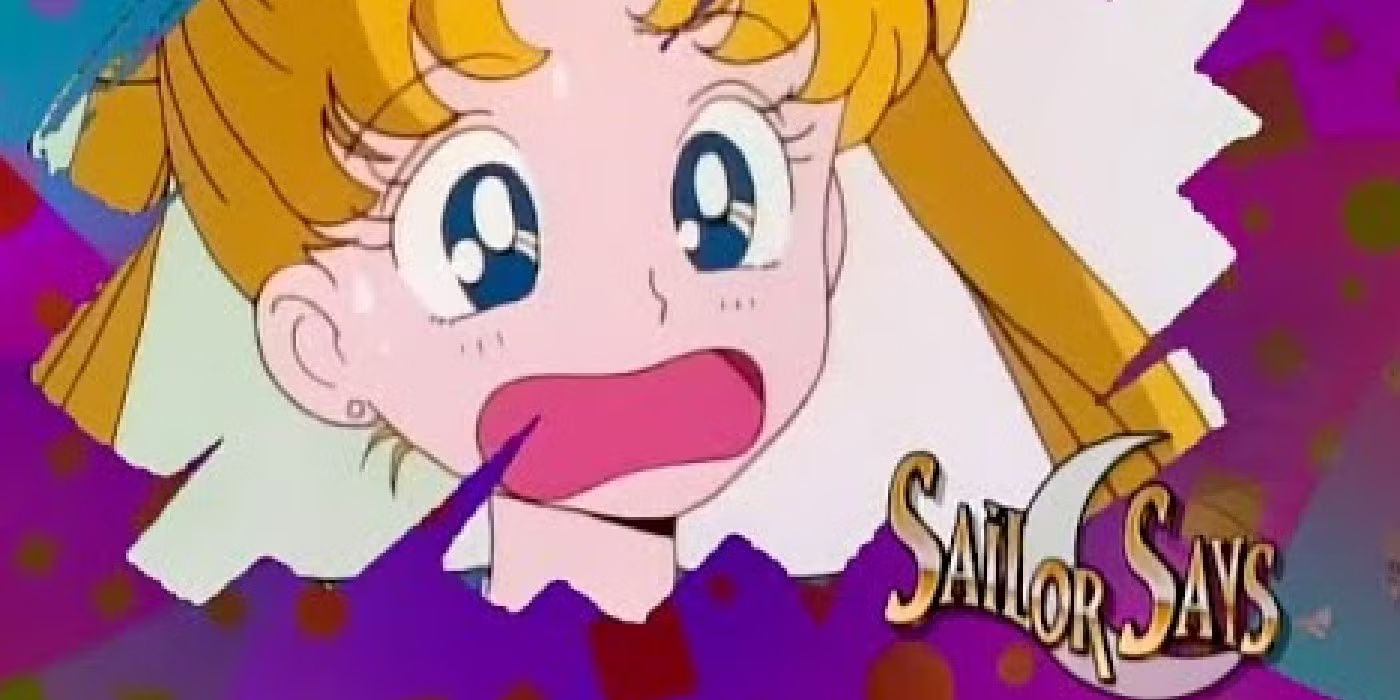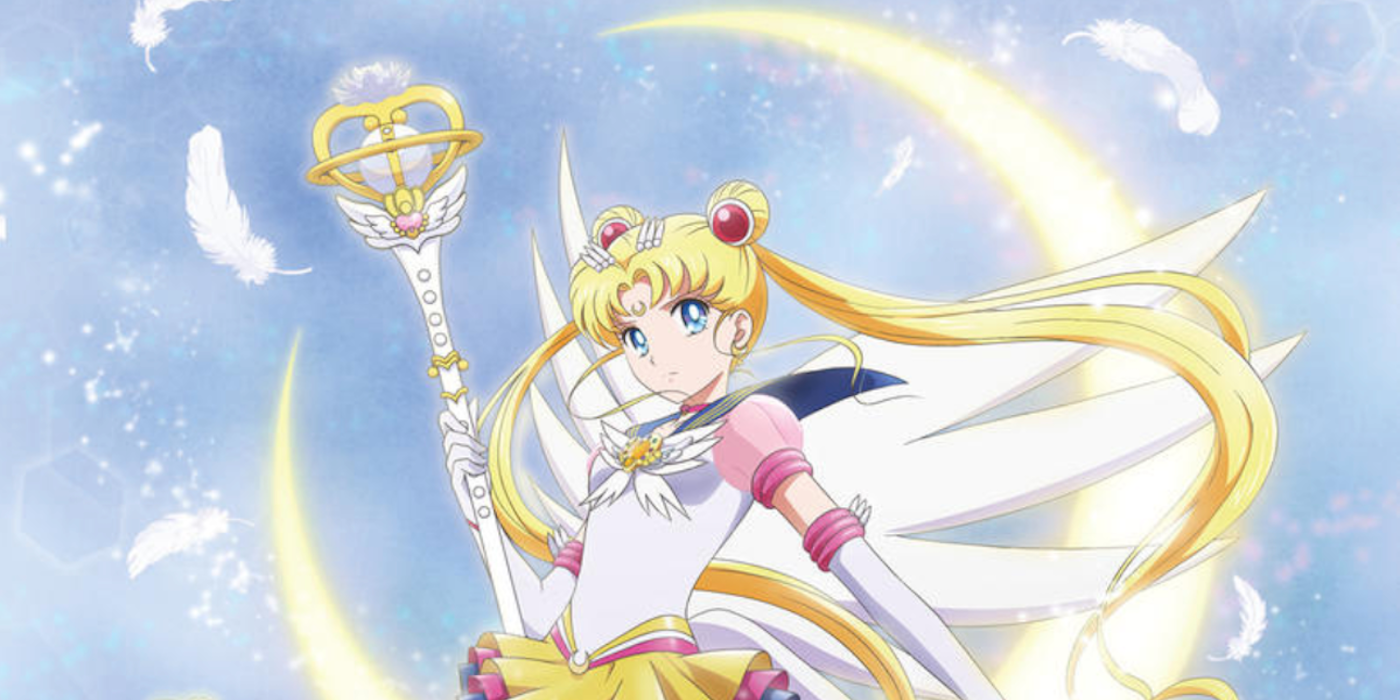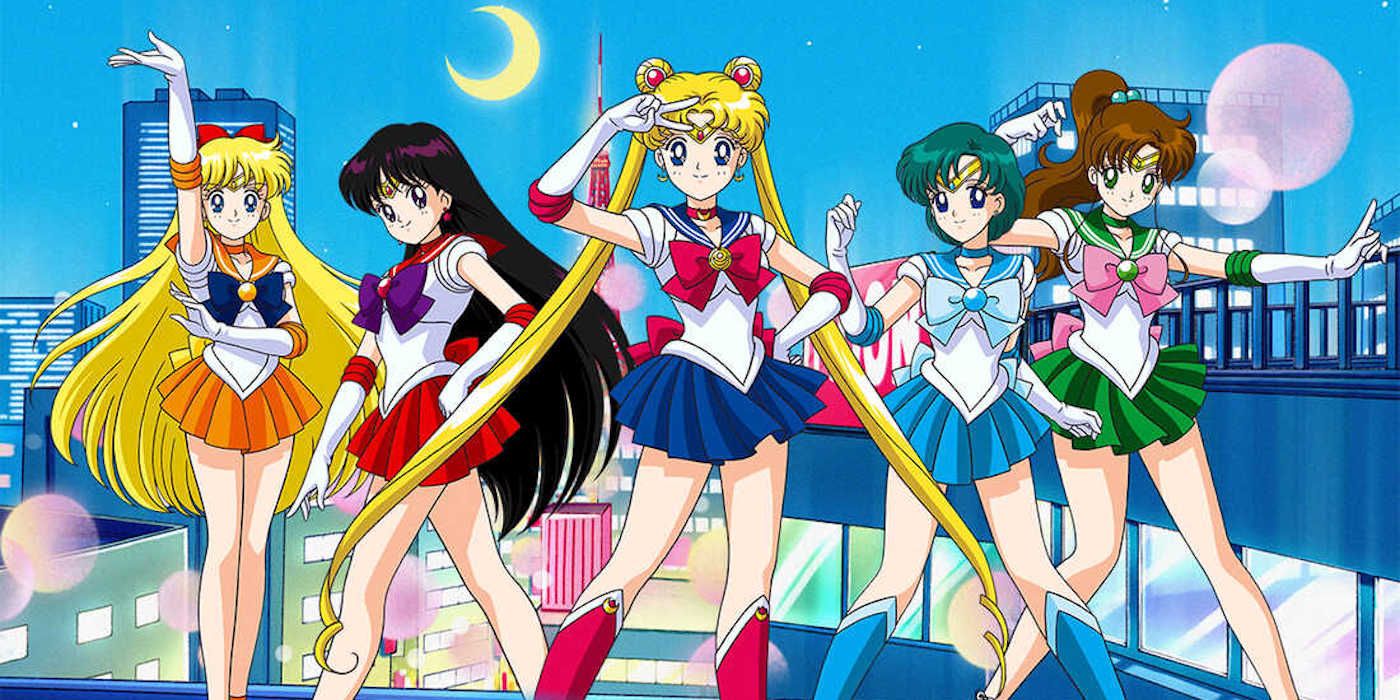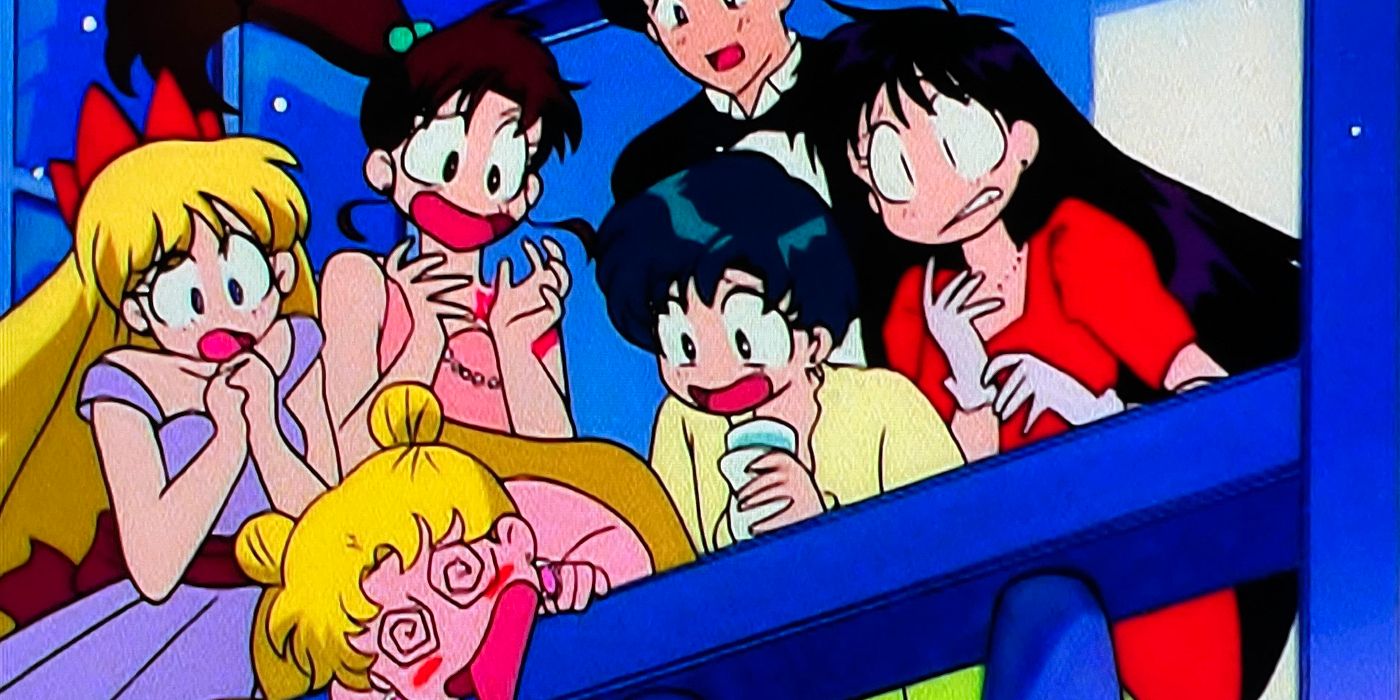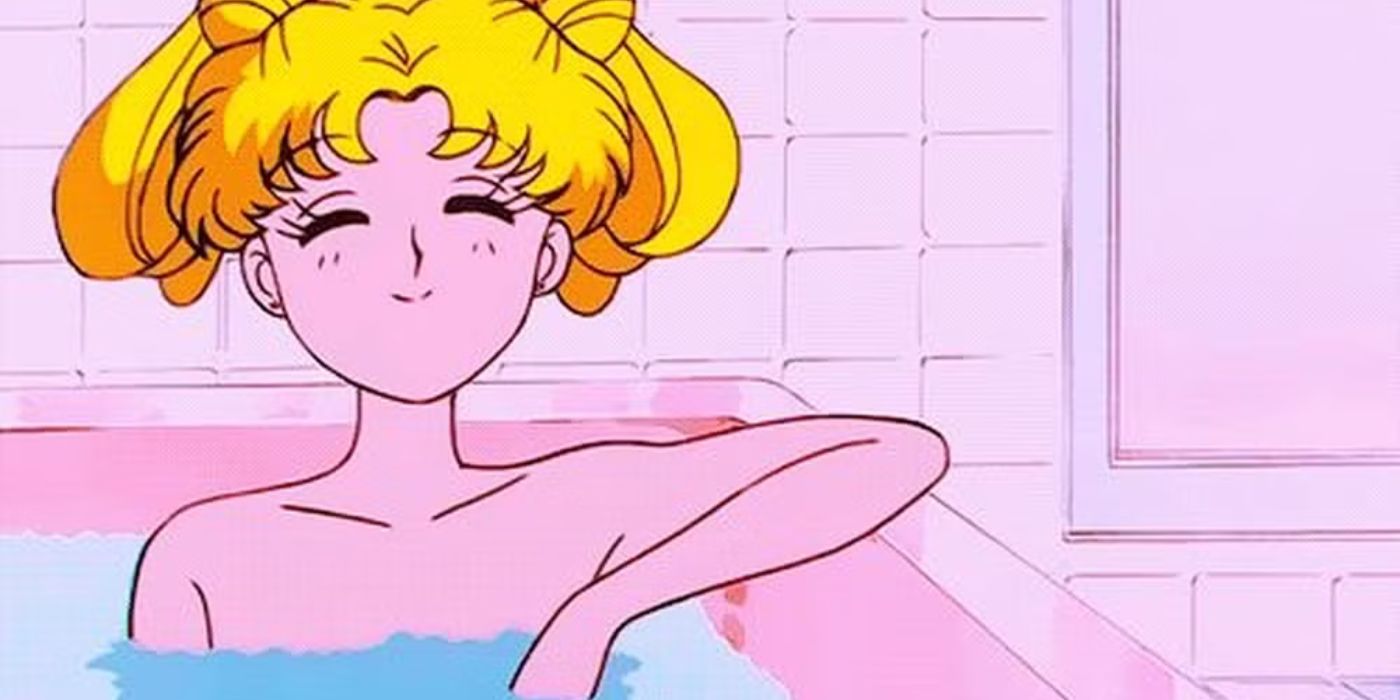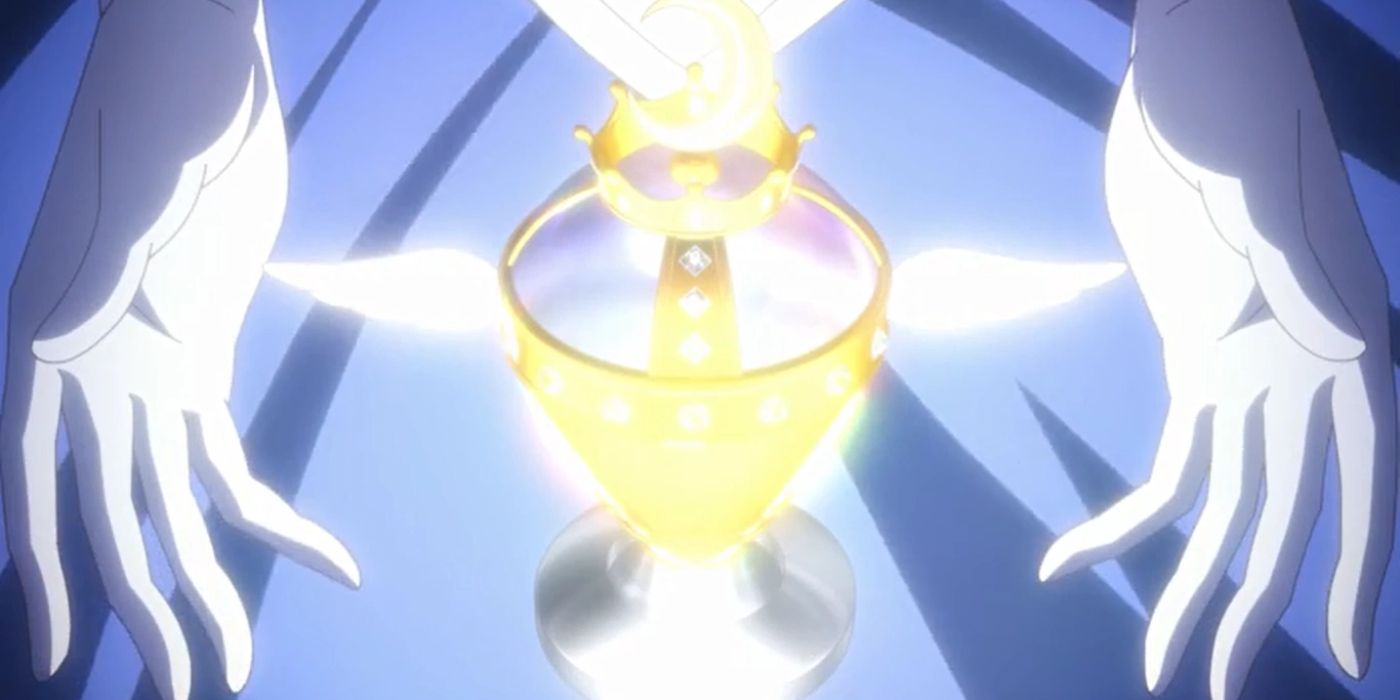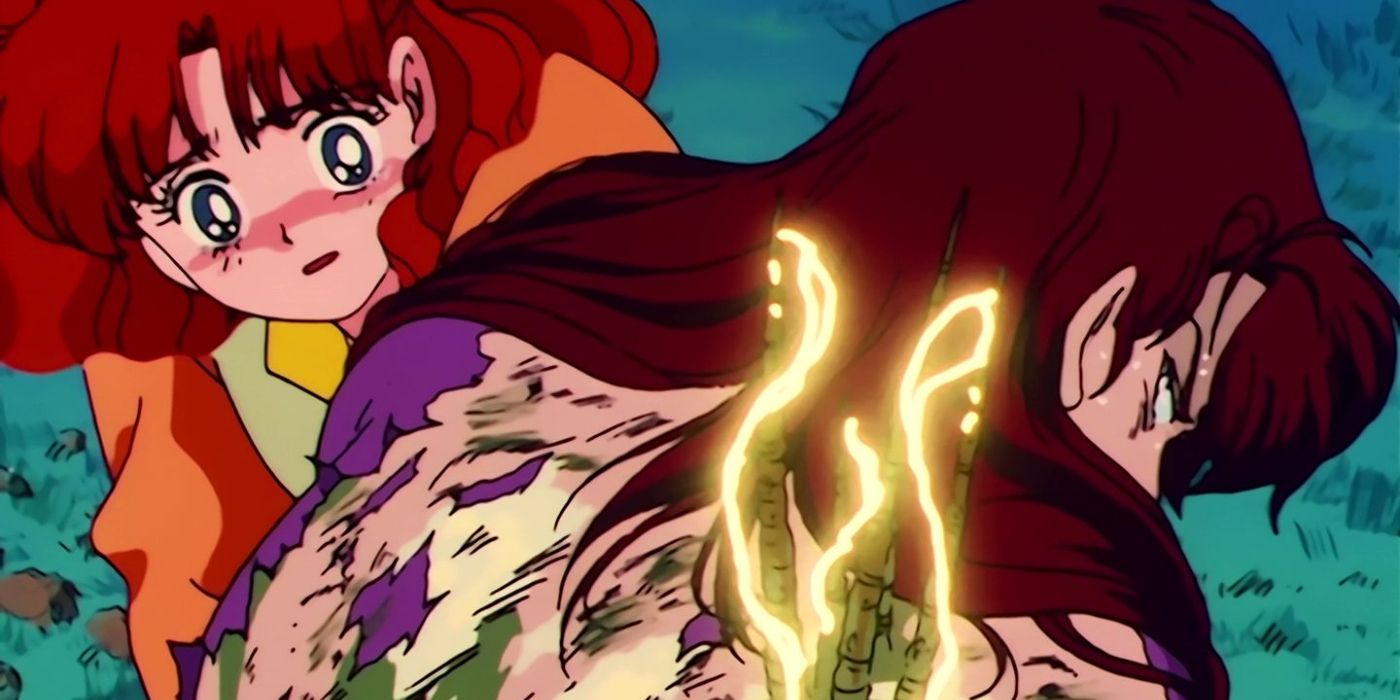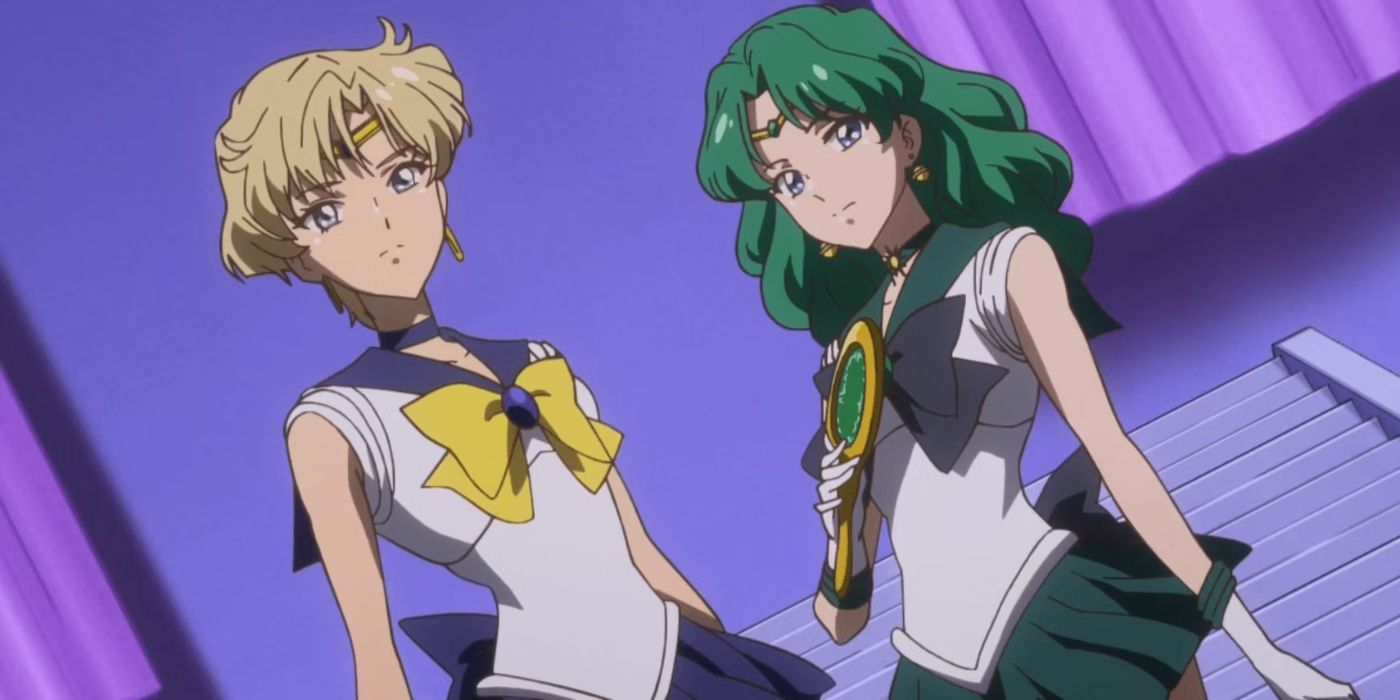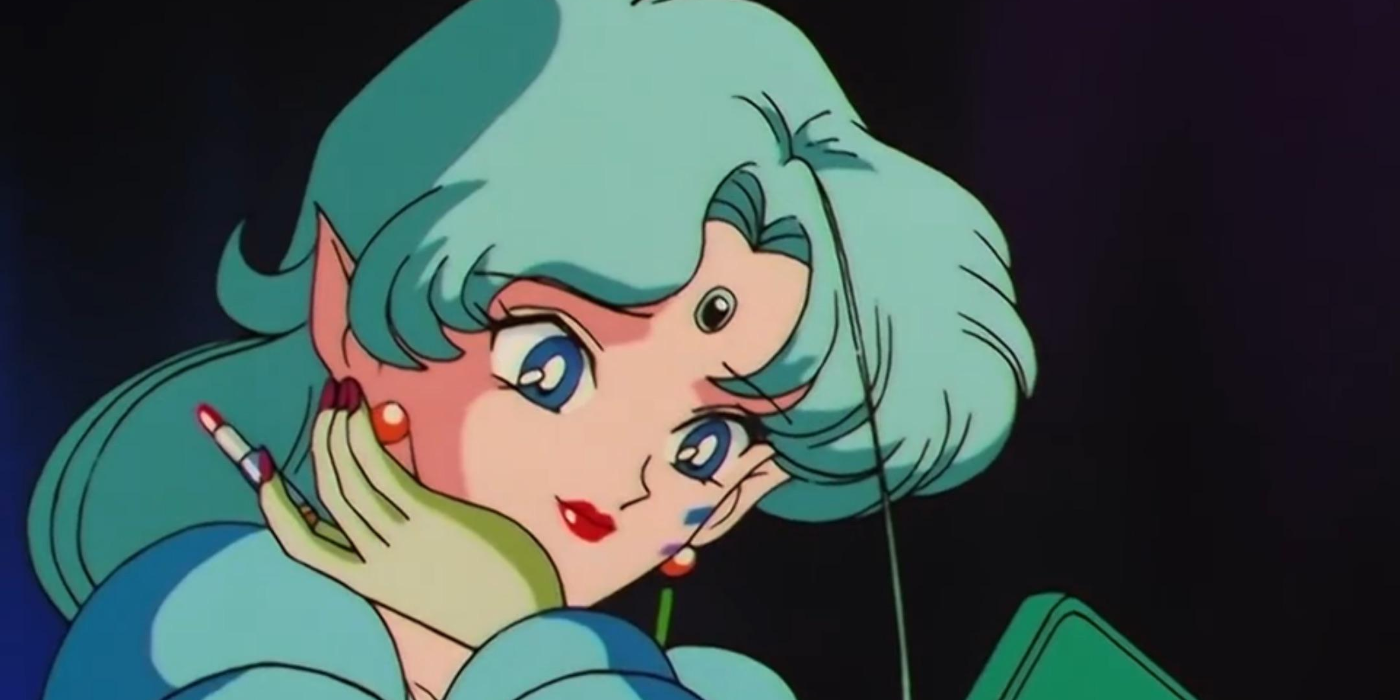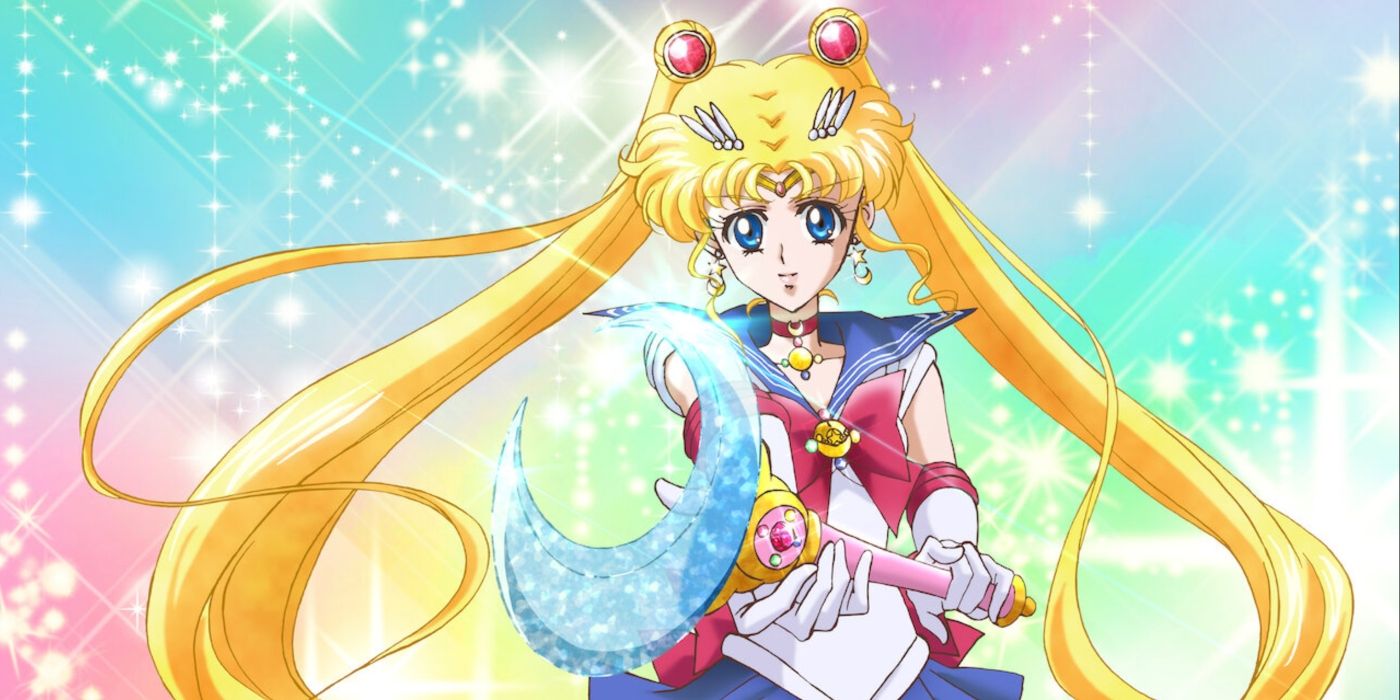
After gaining popularity as a serialized manga, Sailor Moon was adapted into an anime, which ran from 1992 until 1997 and premiered in America in 1995. The series told the story of teenage girls who discovered they had superpowers and used them to fight evil villains. Both the manga and anime are still among the most popular and beloved, and the influence Sailor Moon has had on pop culture is undeniable.
But when Sailor Moon hit American TV screens with a dub produced by DiC Entertainment, it came with some changes, reflecting the cultural differences between the US and Japan at the time. While the changes were designed to make the show more child-friendly, the result was a much more sanitized show than the one which had originally aired in Japan, leading one to wonder why the show was targeted towards a younger audience at all. Some changes were minor ones relating to word choice or animation, but others had a larger impact on the show and completely changed its plot and characters and have become somewhat infamous to fans of the show.
10 “Sailor Says” Segments
‘Sailor Moon’ and ‘Sailor Moon R’
One of the most notable changes to Sailor Moon was not in what was removed but rather what was added. At the end of each episode, a 30-second segment called “Sailor Says” was included, in which Sailor Moon discussed the life lessons learned from the episode. They were included at the request of the FCC, which required children’s programming to include an educational segment. “Sailor Says” was only in the first two seasons, however.
‘90s cartoons tended to have an educational or moral aspect to them, and “Sailor Says” fit right in with that. But it was a bit heavy-handed—the content of the episode could have and should have stood on its own merits without a “lesson” needing to be explicitly stated, even in a show targeted towards children. It was one of the many ways the show was sanitized when it made it way to America.
9 Missing Episodes
‘Sailor Moon’
When Sailor Moon aired in America, a total of five episodes were excluded from the first season—including the infamous Episode 67, “The Beach, the Island and a Vacation: The Guardians’ Break.” The two-part finale of Season 1, “Day of Destiny,” was heavily edited to fit into a single episode, on top of other changes to the content, while the final season, Sailor Moon Sailor Stars, never aired at all.
The reasons for episodes being removed entirely vary, from possible plot issues to controversial content—but some, including Episode 67, don’t have any obvious objectionable content to justify why they never aired. As for episodes like “Day of Destiny,” the edits made it a drastically different episode with stakes that weren’t nearly as high as the original. It’s unfortunate that American audiences weren’t able to enjoy the show in its entirety until it was released on streaming.
8 Sailor Scouts
‘Sailor Moon’
The English dub of Sailor Moon which aired in America made lots of changes to the translation, from changing characters’ names to removing references to death. But one of the most notable changes was to the Sailor Scouts themselves. They weren’t called Sailor Scouts at all but rather were originally called Sailor Senshi, which translates to Sailor Soldiers. Alternate translations have also called them Sailor Guardians.
Given other changes made to make Sailor Moon less violent and more suitable for a younger audience, the translation switch from “soldiers” to “scouts” or even “guardians” made sense. Although the reason why the American version opted to use “scouts,” it could be because of their uniforms, or it could be intended as a reference to the Girl Scouts. Either way, it’s fitting, even if it doesn’t quite have the same implications as the original “soldier.”
7 Sailor Moon Drunk
‘Sailor Moon’ and ‘Sailor Moon S’
In “Usagi’s Dance, in Time to a Waltz,” the girls attend a party, where Serena had a little too much to drink in an attempt to settle her nerves, at the advice of an etiquette book. After downing a glass in one go—which she thought was just juice—she began slurring her speech and became louder and more boisterous. Ultimately, the alcohol made her sick. She also got drunk earlier in the series, in “Romance Under the Moon! Usagi’s First Kiss.”
Like some other examples of censorship in the series, censoring Serena’s drinking and drunkenness was understandable given the show’s marketing towards children. Instead of alcohol, the American version depicted Serena as being sick from drinking too much juice. But it was an entertaining scene, from Serena thinking she was just drinking juice to hanging off a balcony ledge and throwing up. Both instances were also funny because of Serena mistaking alcohol for something else.
6 Nudity
‘Sailor Moon’
Throughout Sailor Moon, various characters were shown taking baths. These scenes were changed in America—transparent water was made opaque to hide the bather’s body, or the water level was raised to cover cleavage. In addition, the original transformation sequences of the Sailor Scouts showed outlines of their breasts, which were removed when the show aired in America. The series’ final episode, in which Sailor Moon is naked while fighting the villain, was never dubbed into English.
While changes to nude scenes are understandable, the ones in Sailor Moon were fairly tame and were implied rather than explicit—but still, given it was a show intended for children, it’s not surprising they were considered too revealing to air and were changed drastically. The changes also reflect the differing attitudes regarding nudity in America and Japan at the time, especially when it came to programming for younger audiences.
5 Religious References
‘Sailor Moon S’
In the third season, titled Sailor Moon S, the Sailor Scouts crossed paths with the Death Busters, an organization using monsters called Daimons to steal Heart Crystals from humans, in an attempt to find three Pure Heart Crystals containing special Talismans. Together, the Talismans formed the Holy Grail, but in the American series, its name was changed to the Purity Chalice. Other religious terms and symbols were also removed throughout the series.
Given the removal of violence, nudity and other elements deemed inappropriate, it’s surprising that religious elements were removed, as well. And while those changes may seem insignificant, they diluted the series in ways similar to the removal of violence and the changes in characters. The “Purity Chalice” just doesn’t hold the same weight as the “Holy Grail,” and the change in terms stripped the relic of its significance—although some may have found its function in the show offensive.
4 Violence
‘Sailor Moon’
As part of an attempt to make Sailor Moon less violent, any scenes showing characters bleeding were cut entirely when possible. But when it wasn’t possible, the color of the blood was changed instead, from red to green. Any references to death were also cut, including the word “death” itself—instead, characters were said to have been captured or sent to the Negaverse. Most notably, “Day of Destiny,” the first season’s finale, was heavily edited to remove much of the Sailor Scouts’ final battle.
The desire to tone down the violence in Sailor Moon was understandable—but given the plot of the show, it was an odd one. Green blood was sometimes thought to have more to do with the character’s origins, and the look of it was almost more disturbing than the typical red. The removal of any references to death was a bit excessive, but stranger still was the removal of even brief, slapstick-style violence, such as spanking and slapping.
3 LGBTQ+ Relationships
‘Sailor Moon’ and ‘Sailor Moon S’
In Sailor Moon S, as well as the manga, Sailor Uranus and Sailor Neptune were in a romantic relationship. This was changed in various ways when the show aired in other countries, but in the American version, their relationship was made a familial one—they were presented as cousins. In addition, Zoisite and Kunzite were also originally in a romantic relationship, and the American dub changed Zoisite from a gay man to a straight woman.
While attitudes towards LGBTQ+ characters in the media were gradually shifting in America in the ‘90s, they were still considered inappropriate to include in children’s programming, and any homosexual romantic relationships were completely removed from the story. While changing Zoisite’s gender made some sense within the story, the choice to make Sailor Uranus and Sailor Neptune cousins instead was an odd one and remains one of the most infamous changes to the series.
2 Fish Eye
‘Sailor Moon SuperS’
Among the villains introduced in “Sailor Moon SuperS” was Fish Eye, part of the Amazon Trio. Fish Eye, a man, preferred a more feminine styles of dress—it was unclear whether he identified as female—and enjoyed stereotypically feminine hobbies such as ballet and modeling. He also targeted men by posing as a woman and getting them to fall in love with him. In America, the character was changed entirely to be biologically female.
Fish Eye was perhaps the most egregious example of LGBTQ+ erasure in Sailor Moon—the American version had already changed Zoisite from a gay man to a straight woman to avoid presenting a homosexual relationship, but Fish Eye was changed due to whom the character was. Fish Eye was among the many examples of the way an otherwise inclusive show was unfortunately changed to appeal to a younger American audience.
1 Americanization
‘Sailor Moon’
Despite being a show set in Japan and created in Japan, the American version of Sailor Moon erased as much evidence of that as possible. Virtually all characters’ names were changed from Japanese names to American ones. References to Japan and its culture were also removed in both the dub and animation—almost anything written in kanji was removed entirely—and scenes depicting cars and driving were flipped so that drivers were on the right side of the road.
While some aspects of the show—most notably, the name Sailor Scouts—were changed for American audiences, some of the biggest changes were in the way the show was stripped of any references to Japan almost entirely. Some content changes for a younger audience in a different culture make sense, but this was not one of them. The changes suggested that either American audiences wouldn’t want to watch something set in another country or, even worse, that there’s something problematic about other cultures.
Sailor Moon is available to stream on Hulu in the US.
WATCH ON HULU

